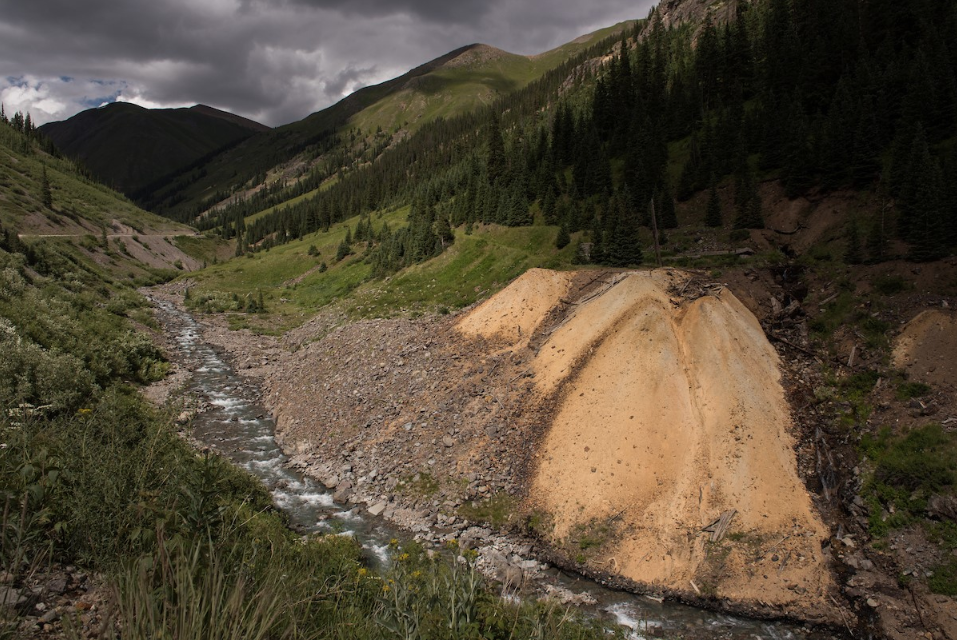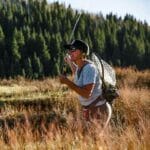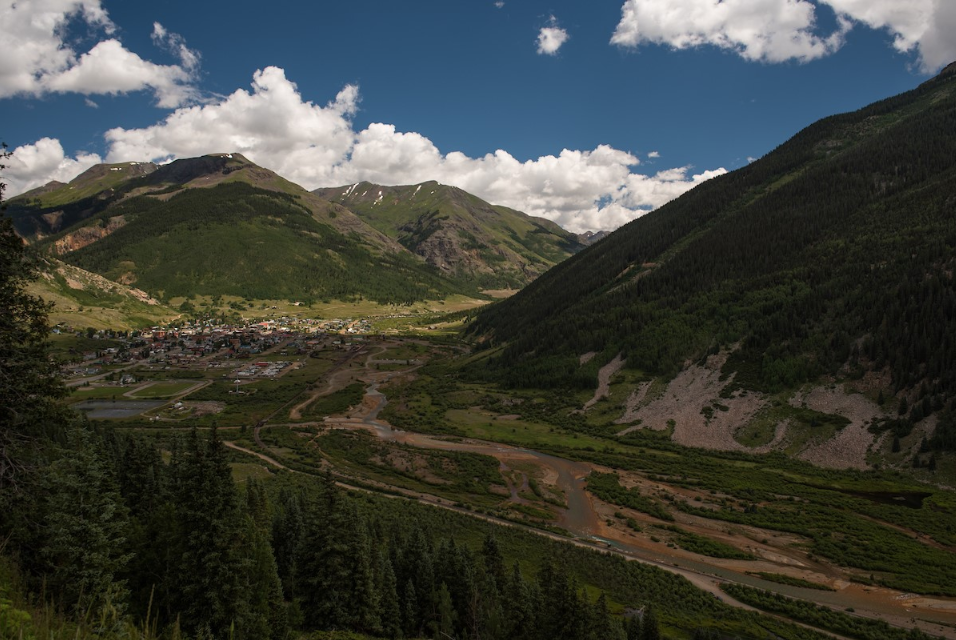Southwest Colorado hosts some of the best high-mountain trout fishing in the country. From pristine mountain streams and lakes that hold native cutthroats, to larger rivers like the Animas, Southwest Colorado fishing is worth fighting for. That is exactly the reason behind TU’s extensive efforts to remediate acid mine waste from headwater streams in this area.
Over a decade ago, the local TU chapter, Five Rivers, along with TU’s San Juan Mountains coordinator, Ty Churchwell, started to gain an understanding of what such an effort would take. The Upper Animas River has naturally high levels of heavy metals in its waters, but a long history of hard-rock mining dating back to the 1880s increased those levels significantly, adversely affecting trout and aquatic insect populations in its headwaters and upper reaches.

In the 1980s and 90s, a local watershed group – in partnership with Colorado state agencies and a mining company – performed a handful of waste rock remediation projects, resulting in improved water quality. The river sprung back to life rather quickly only to again see precipitous declines with the closure of a treatment plant in 2004. In response, TU fought for Colorado site-specific Good Samaritan legislation to continue recovery efforts after the wastewater treatment plant was removed, and that effort continues today.
The EPA inadvertently triggered the Gold King Mine spill in 2015 releasing nearly 3 million gallons of contaminated water. With bright orange water rushing from the headwaters through the upper canyon and into the lower Animas River through Durango, people finally began to take the issue of acid mine drainage seriously. The enormous acid mine waste cleanup effort was starting to look more daunting for TU.
In September 2016, at the request of San Juan County (Silverton), and in response to the Gold King spill, the EPA officially designated the Gold King Mine and 47 other locations in the area as a Superfund site. This provided TU with an opportunity to do what it does best: educate, organize, and mobilize.
TU began a two-year long process to navigate the community action portion of the Superfund process with its lens of improving water quality and habitat, which ultimately improves the fishery, recreation, tourism and more.
Churchwell, along with local partners, developed procedures for citizens to be involved in the Superfund process. This resulted in the formation of an EPA-endorsed Community Advisory Group (CAG). The CAG began meeting in January of this year and will be instrumental in assisting the decision-making processes, developing goals and outcomes, and communicating with the communities affected about the Superfund process.
As of March 2019, the EPA used the insights of the TU-initiated CAG to form its goals and outcomes for the cleanup. Now the CAG will help develop a plan to remediate the mines to achieve these goals. Conducting meetings, understanding concerns, bringing together partners, and leading through this process is the ideal position for TU.
Work of this magnitude is all about partnerships, and TU has been instrumental in carving out a niche as a leading nonprofit in acid mine remediation around the West. In addition to the herculean efforts of TU in the Upper Animas, TU has completed 25 mine waste remediation efforts across Colorado, permanently improving the quality of streams for trout and enhancing angling opportunities.
Thanks to TU, fishing in Southwest Colorado is sure to rebound to spectacular levels.



